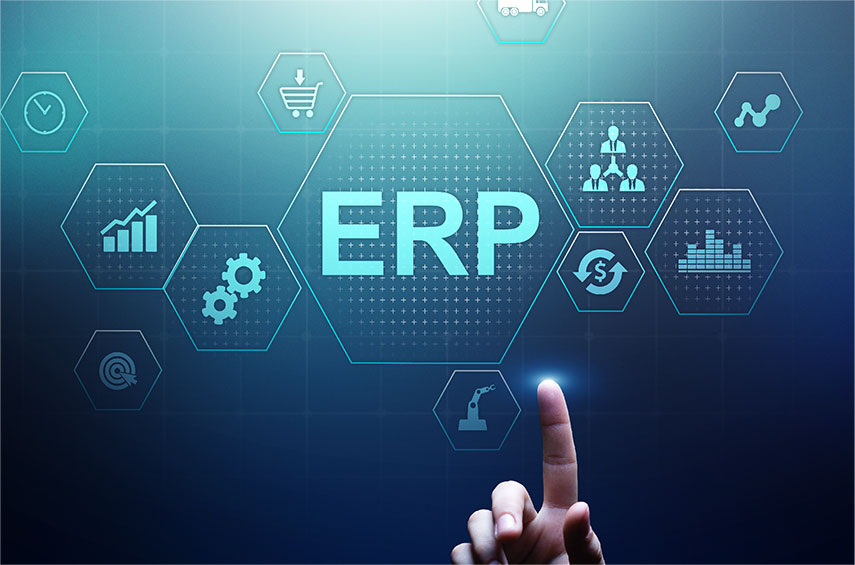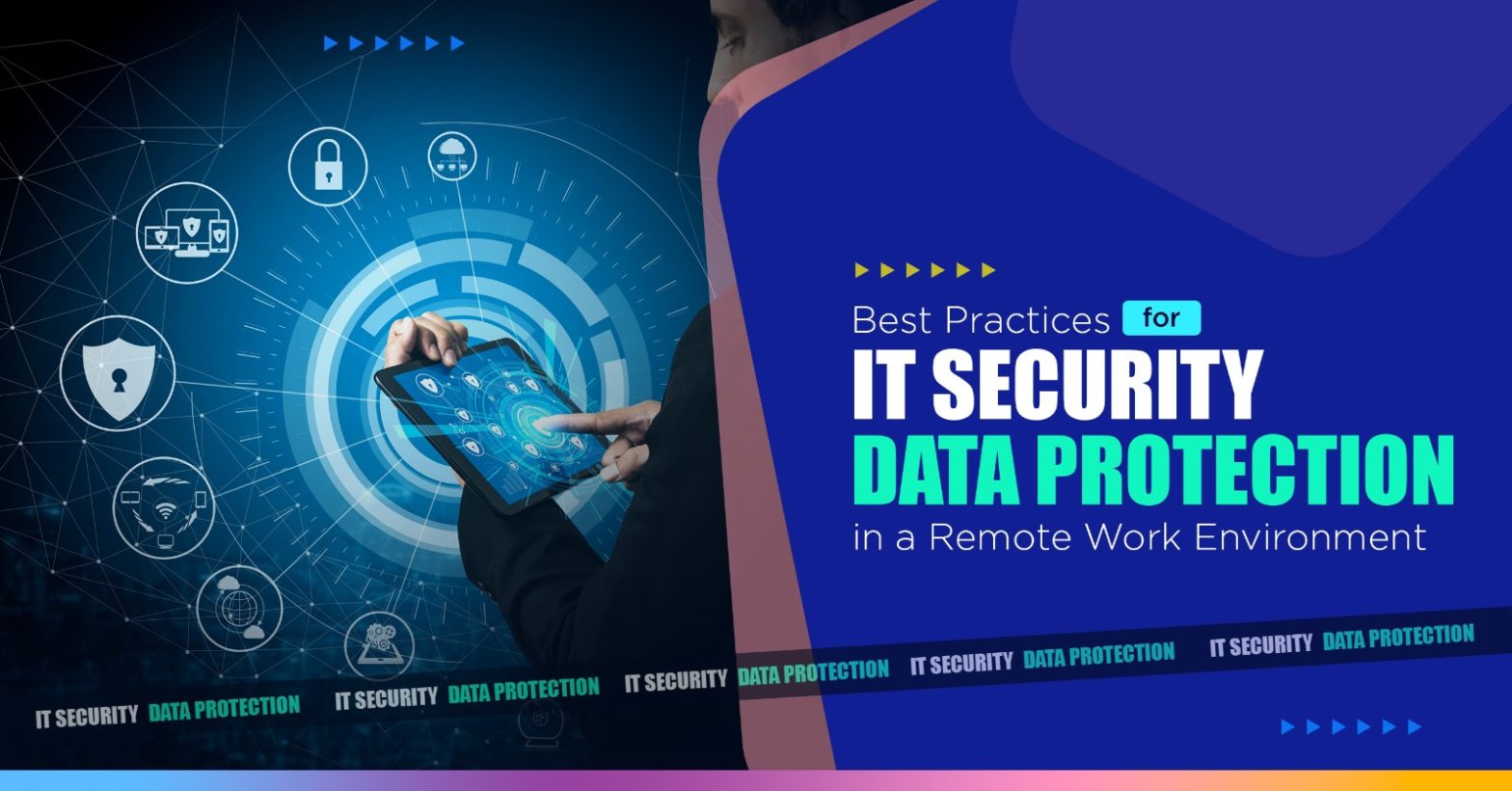The perfect cloud ERP for a small business: Microsoft Dynamics 365 or NetSuite?
Posted On March Thursday 4, 2021

This is a conundrum most C-Suite Executives in small- and medium-sized businesses are faced with. This is something they must put to rest if they want their businesses to grow. With differences ranging from their architecture to support systems, there are probably so many things that you must consider when you make a choice. Let us look at a few of them.
Single Tenant vs. Multi-Tenant
In a single tenant architecture, like that of Microsoft Dynamics 365, a single instance of a software and infrastructure can be used by a single person only. This means that for every customization that is done, the code also may need to be modified.
In Multi-tenant architecture, like that of NetSuite, a single instance of software and infrastructure can support multiple client solutions. In multi-tenant architecture, the code also need not be modified. It scales very well supporting anything from small businesses to mid-sized businesses and enterprises, as any upgrades or maintenance costs are effectively shared between all “tenants” supported by it.
However, a point in favor of a single-tenant solution is that if you are afraid that automatic updates may impact how you manage your business resources, then a single-tenant solution may be what you are comfortable with.
True Cloud vs. Hosted Solution
NetSuite is a “true cloud” solution. It is a SaaS solution which can be accessed by anyone anywhere with access credentials, a mobile phone, and a browser. Microsoft Dynamics, on the other hand, is a third-party hosted solution which requires the use of not just user credentials and a desktop. Not just that but to get to the cloud, you also need a vehicle like Microsoft Terminal Server. If you wish to add additional functionality, you would need Citrix running.
Cloud Maturity
In 2005, NetSuite acquired NetLedger, a cloud-based solution for financials, launched in 1998. It then integrated the other aspects of ERP that it had developed and renamed the complete “360-degree solution” they had created NetSuite. That was the first full-fledged ERP in the cloud, and is the #1 cloud-based ERP in the world today. Microsoft Dynamics, on the other hand moved their own premise solution to the cloud much later. So, NetSuite has always been a cloud solution, whereas Microsoft Dynamics moved to the cloud several years after NetSuite, and is only about two years old in the cloud. This makes the NetSuite Cloud offering a more mature one than one from Microsoft.
Need for Technical Help
Microsoft’s offering requires some level of IT support and internal resources for any kind of customization. Also, using Microsoft’s ERP software can be overwhelming for a beginner with little IT experience. To customize a form for instance in NetSuite is much easier than it is in Microsoft Dynamics, where you would need technical help to achieve this. This is again true for the generation of customized reports, complete with KPIs, giving a better idea of business gains, in NetSuite. In Microsoft Dynamics, the interface for generating reports is not very user-friendly and many have reported it to be time-consuming.
Tech Support
The availability of tech support impacts your business in a big way. Microsoft Dynamics provides support during regular business hours and it is not toll-free. NetSuite support lines are open 24×7 and are toll-free. This means that if you have a simple query that can be sorted on call, then you do not need to wait a couple of days for it, in case it happens on the weekend. This makes it incredibly convenient for a NetSuite user to get support when he wants to. NetSuite also classifies the severity of the issue on a scale of 1-4. Both basic and premium support services in NetSuite address issues with a severity of 1 or 2, but issues with a severity of 3 and 4 are generally address in Premium. Microsoft Dynamics does not make such distinctions.
Conclusion
As you may have noted, we did not present a cost-based analysis to differentiate between the two ERPs. This is because they both have different pricing models and over a longer period, let’s say two or more years, cost is not really a differentiator.
Also, despite the points we cited in favor of NetSuite (and these are just a few of them), we urge you to impartially consider both ERP solutions for your business before you decide on one. This is because there may be a few other ways that Microsoft Dynamics could be better than NetSuite in managing your specific business needs—the presence of a digital assistant being a key point. There might be a few other points as well in favor of Microsoft Dynamics, so it may be worth checking it out too.
If you need to know more about how Techcloudpro can help you use NetSuite to grow your business, talk to us. We are waiting to hear from you!

